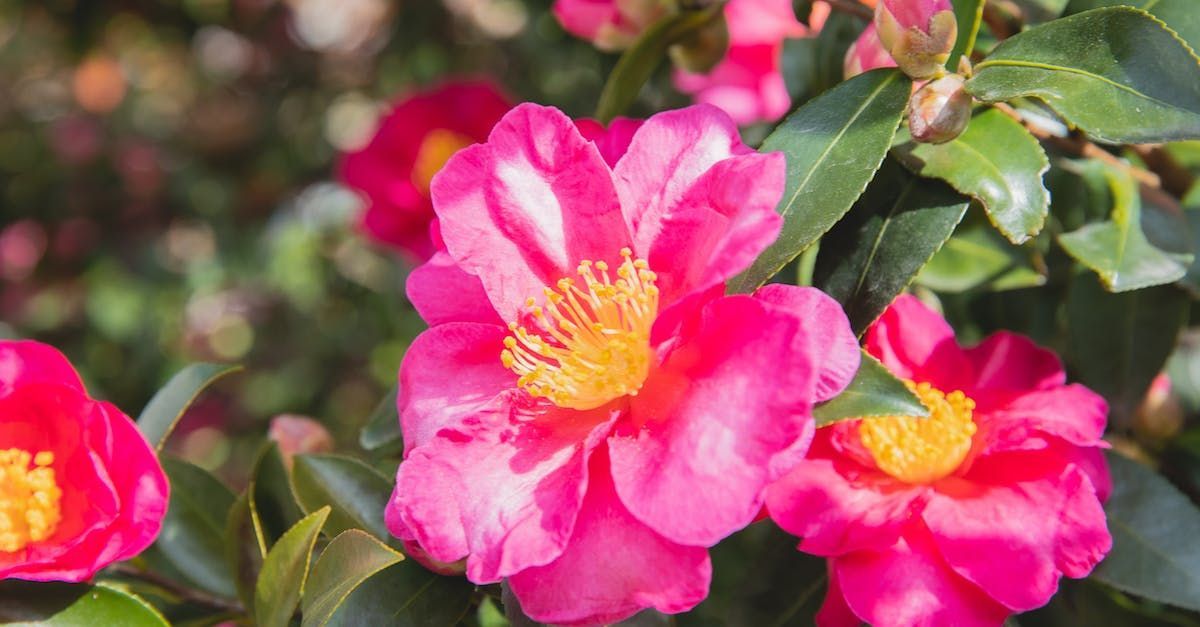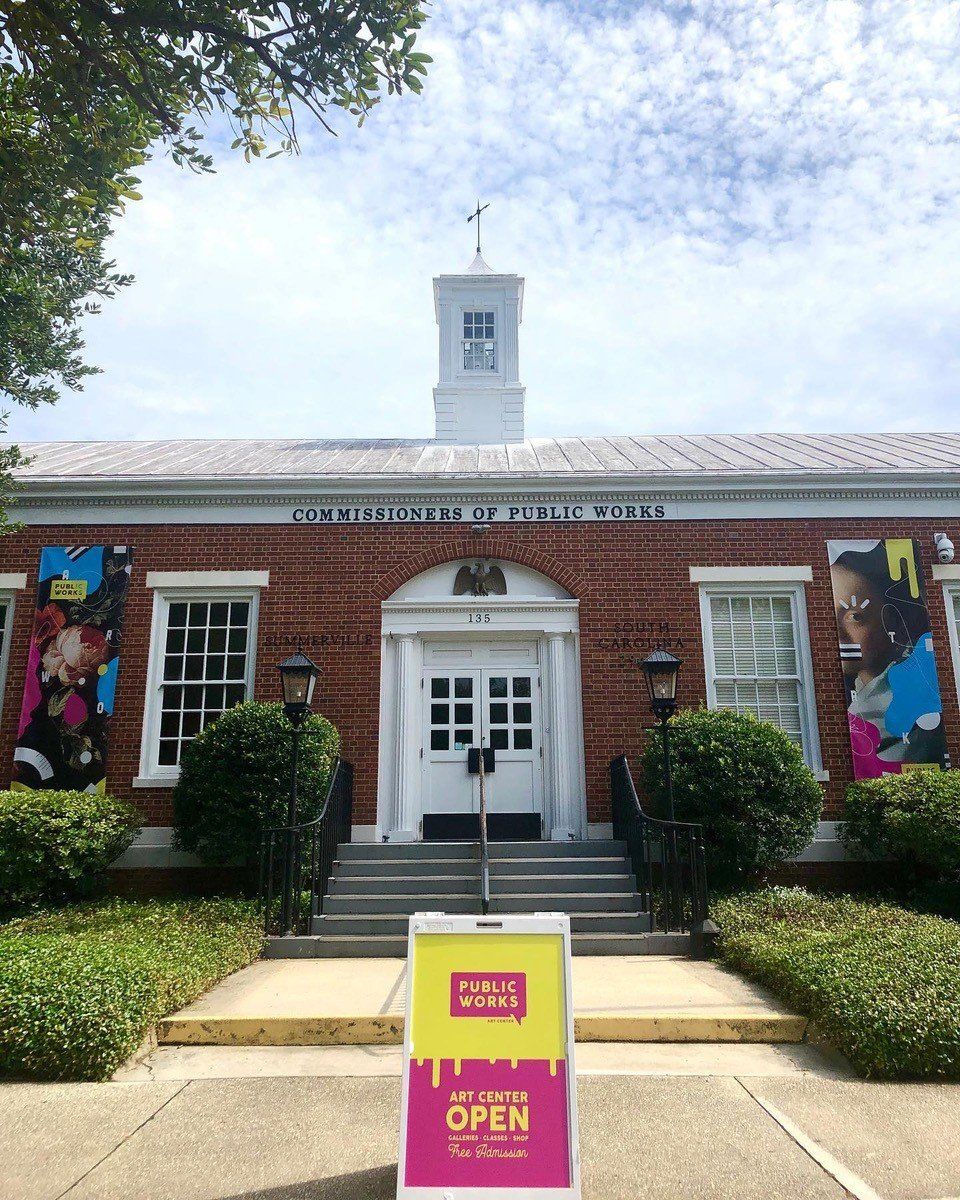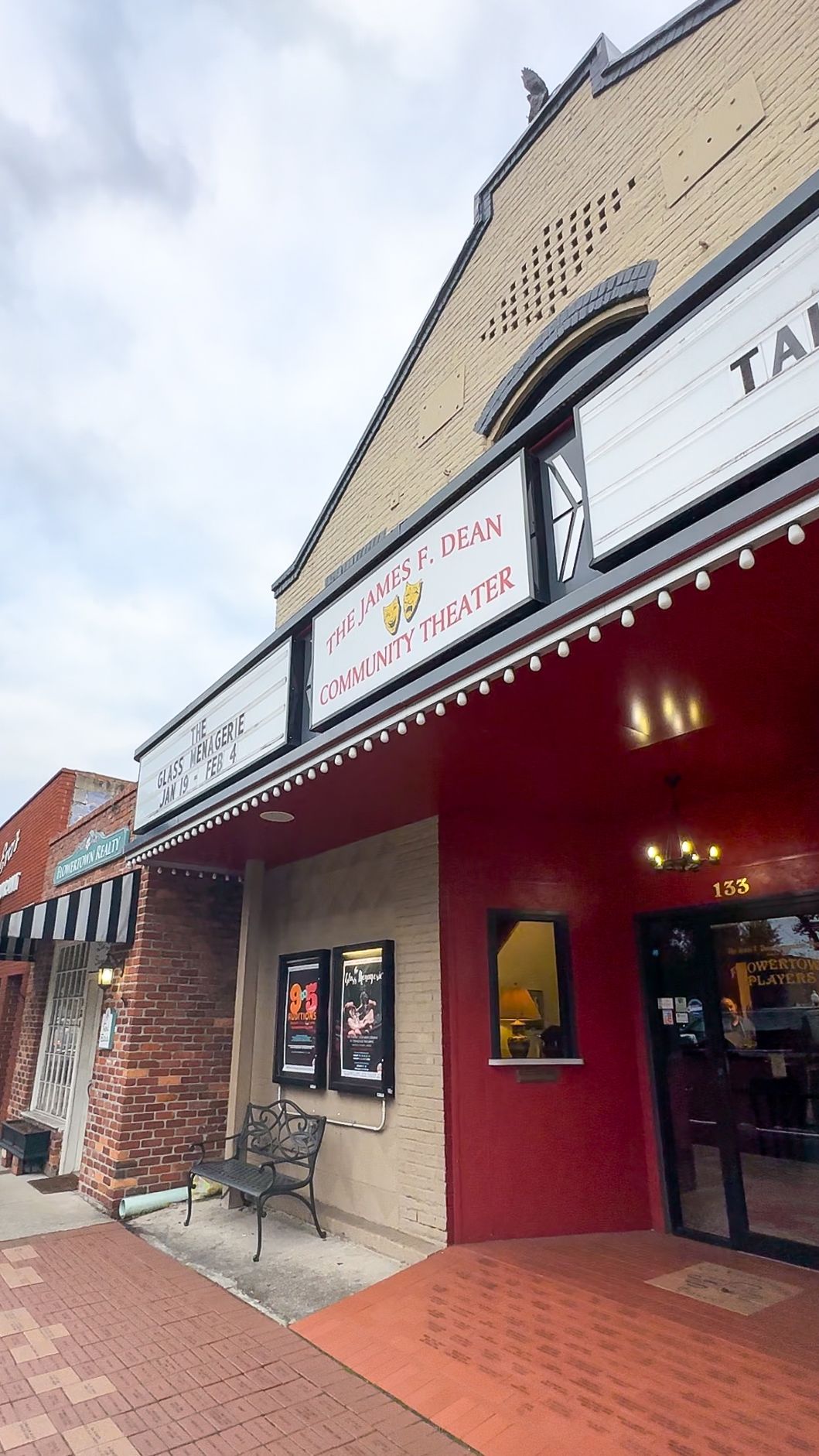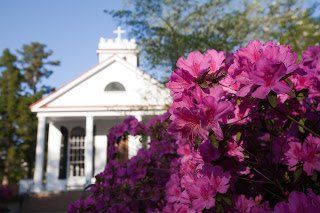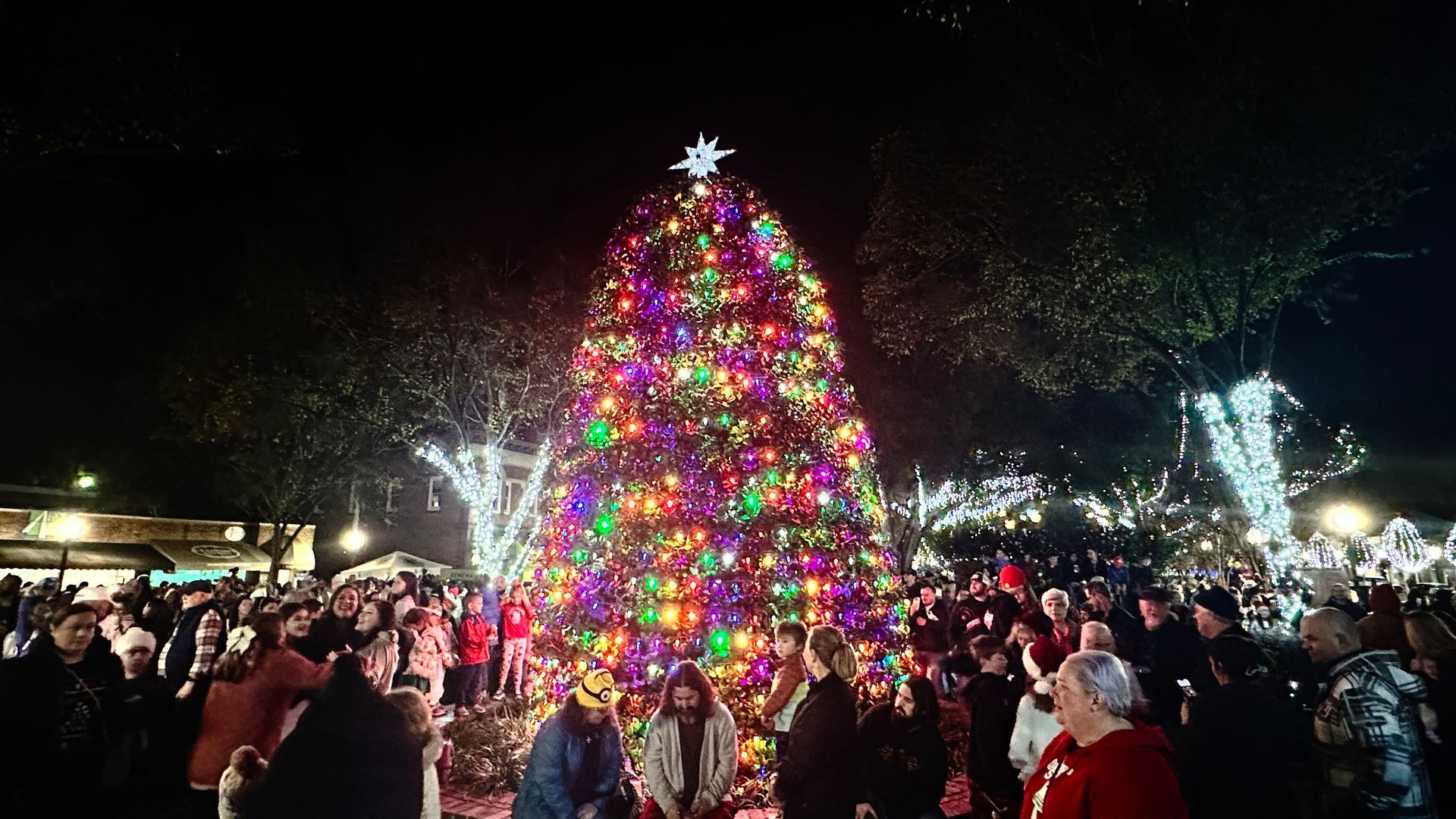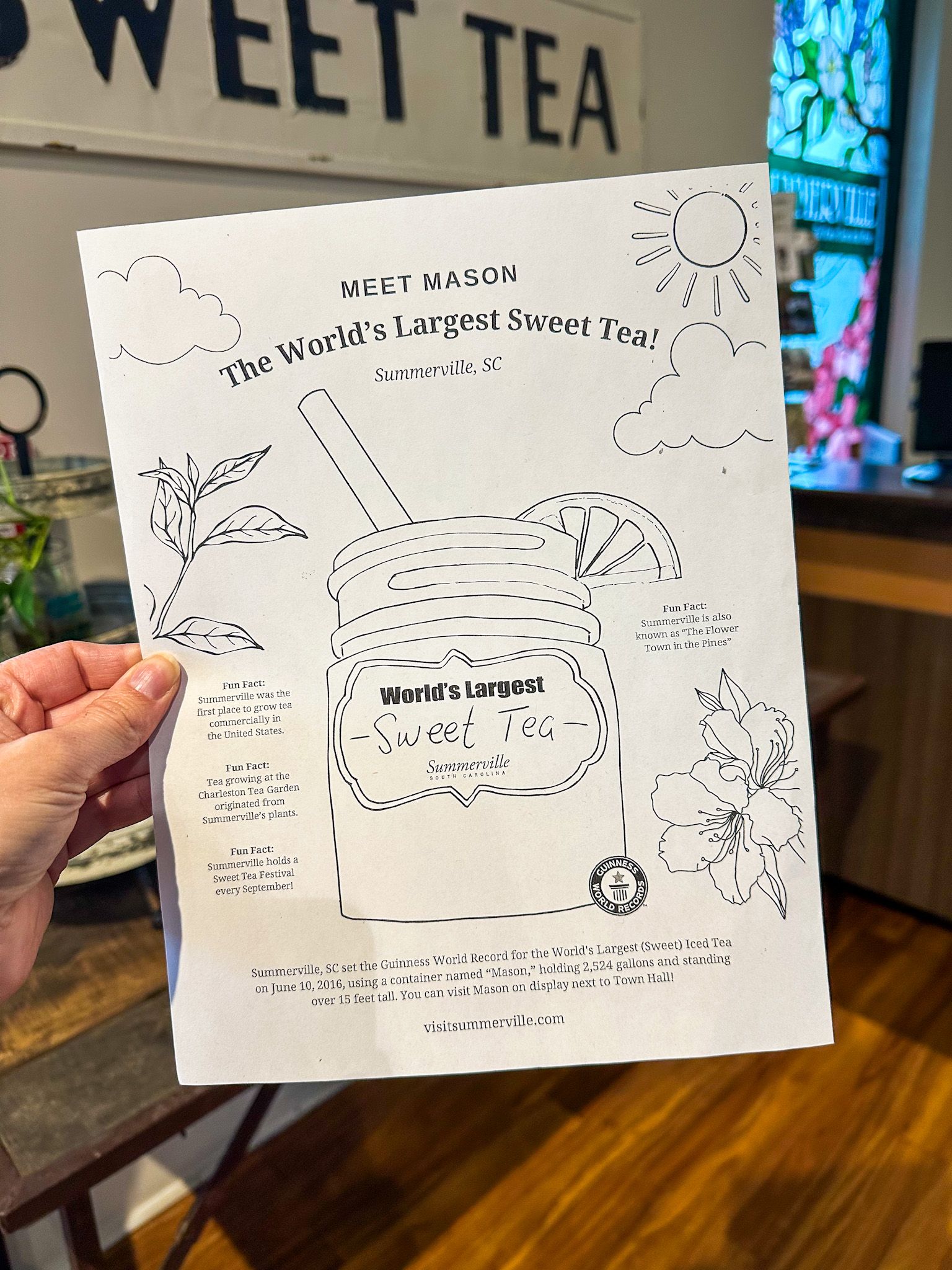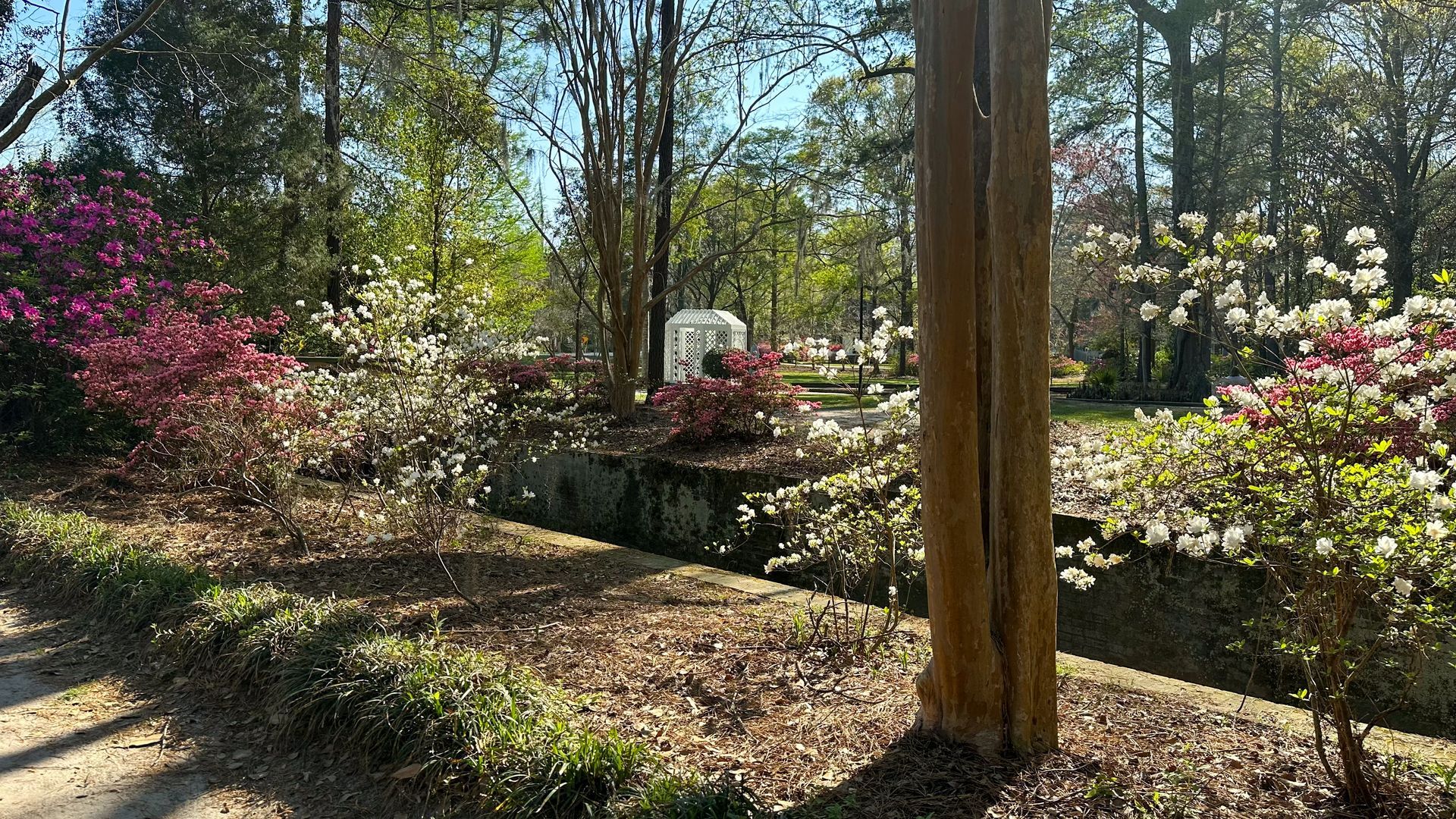St. Paul's Summerville
Originally publishedAugust 28, 2015
Nestled on six acres of land between Gadsden Street and Waring Street in the heart of the historic district is St. Paul’s Summerville , the second oldest congregation in Summerville. In 1829 Rev. Phillip Gadsden of St. Paul’s Stono (a chapel of ease to the original parish church established near the Stono River in 1706) began holding summer services in houses in Summerville. In 1830 the first church building was built near the present building. The congregation was officially incorporated as St. Paul’s Summerville in 1855.
In need of more room to accommodate the growing congregation, the present church building was built and consecrated in 1857. With permission from the Gadsden family to build on top of Rev. Gadsden's grave, the church building was enlarged by 20 feet in 1878. A stained glass window was also added behind the alter. Rev. Gadsden's grave is located directly under the alter.
St Paul’s Summerville continued to be resilient, standing tall through the War Between the States, storms, politics and, though it shifted 4 inches off its foundation, St. Paul’s survived the ‘Pandemonium in the Pines’ more widely known as the Great Quake of 1886.
Ambler Hall was built in 1924 and named in honor of Rev. Francis W. Ambler who served as the rector of St. Paul’s from 1908 to 1940.
On the opposite side of the church is the parish house, built in 1974.
In 1986 the rear of the church was extended. With a shortage of land several graves were built over to accommodate the expansion. Though the graves are no longer visible, a monument containing the names of those that lay at rest beneath the church was installed behind the church in memoriam.
***Fun Fact: St. Paul’s is the only church in Summerville with a graveyard. Why a graveyard and not a cemetery? A graveyard is located on the same property as a church. A cemetery is in essence a graveyard, but it is referred to as a cemetery because it is not on church grounds.
Sources:
- Hill, Barbara Lynch. Summerville, SC 1847-1997 Our History. Wentworth Printing, West Columbia, SC (1998)
- Kwist, Margaret and others. Porch Rocker Recollections of Summerville, South Carolina. Linwood Press, Inc. Summerville, SC (1980)
- Woodard, Mark. Home Sweet Home Summerville, South Carolina. Xlibris LLC. Lexington, KY (2014)
- A History of St. Paul's Summerville , Summerville, South Carolina. (2006)
